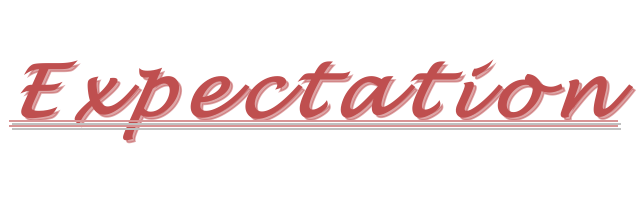As an Alexander Technique teacher who is also a dedicated musician, one of the professional roles that I enjoy most is that of a practice coach. I get immense satisfaction (and joy!) in helping musicians discover and implement new ways to optimize their practice time and efforts.
Some of the musicians I coach come to me with considerable consternation about how much time they’ve “wasted” practicing in misdirected and inefficient ways. While my aim is to help them become more constructively directed and efficient, I have to be very clear from the start that they’ve most likely never wasted any of their practice time.
You see, learning to practice wisely and efficiently is not a straight line. It’s a process that unfolds over time through exploration and reflection. It goes without saying that sometimes you are going to work on things in practice that just don’t yield the results you are hoping for.
Or that you’re sometimes even going to work on things that make things worse, rather than better.
Or in a better case scenario, you’re going to work on things that actually do ultimately help you, but just not in the most direct and efficient way. (This is the category that many of my clients fall into.) There’s a lot of “two steps forward, one step back” in this case.
One of the main reasons you would probably seek out a great teacher of your instrument is to learn how to optimize practice efforts. To avoid the “two steps forward…” phenomenon.
And to be sure, that’s what a highly skilled teacher can help you with.
But with or without the help of a teacher, here’s something you can do, something you can aim for in your attitude, that will make it so that you’re never wasting your time as you practice.
Quite simply:
Whatever you practice, do with genuine curiosity and inquiry.
You might be thinking after reading that, “Well, yes, of course! Obviously!” But you might be surprised at how easy it is to lose either or both of these qualities when practicing.
In fact, one of the most insidious ways you can lose these qualities is when you’re practicing is when you’re working on something that you are 100% certain are practicing “correctly”.
Musicians too often go into “auto pilot” mode when working on basic things such as holding long tones, or practicing technical exercises. “As long as I’m going through the ‘physical’ process of practicing this, I’m on the right track with it.”
Yet these are the very types of activities that can be improved upon the most with more dynamic curiosity and inquiry.
As I’ve stated in many of my other posts, the quality of anything you practice is directly proportional to the quality of attention you bring to it as you practice.
So rather than looking at the “absolute best” way you can practice something, ask yourself this question instead:
“How can I optimize my experience with what I’m practicing right now, right in this practice session, right in this moment?”
This question can help you to form to other types of questions: “Why’ questions, and “what if” questions.
“Why do I practice this at this tempo?” Why do I practice these arpeggio patterns in this particular sequence?” “Why do I raise/tense my shoulders when I play into the upper register?” etc.
And,
“What if I practice this at a tempo that is more manageable (or challenging, as the case may call for)?” What if I practice these patterns in a different sequence today, so maybe I can learn something new about them?” “What would happen if I didn’t raise/tense my shoulders as I play into the upper register?”, etc.
It’s not about finding the “right” answer to these questions as much as it is inquiring in a genuinely curious way. As long as you keep asking questions, you’ll keep finding greater efficiency, ease and satisfaction when practicing.
And if you seem to be getting stuck in your progress in working on something, whether in the moment, or over time, you can ask yourself these three simple questions in order to help you clarify your intentions and optimize your efforts:
1.“What is it that I want?” (Your intentions about what you would like to happen, about what you’d like to be able to do on your instrument. Make this as specific and lucid as possible!)
2.“What seems to stopping me from getting what I want?” (Identify the problem. Is it simply needing more time? Is it something that you’re doing with your body that is taking you away from your skill and coordination? Is it your attitude? Keep asking/experimenting until the answers emerge.)
3.“What do I need to do differently?” (This is where you take action. Change course, strategize, reflect, assess, redirect efforts, etc.)
Bear in mind that these questions (like the other questions I mentioned earlier) are meant to be dynamic and flexible. And what keeps them that way is your passion and intellect.
So don’t feel like you’ve wasted an afternoon in practice trying something completely new, no matter how shaky the results are. As long as you’re curious and inquisitive, you’re never wasting your time. Just redirect your efforts and continue to go on from there. Refinement, not perfection.




